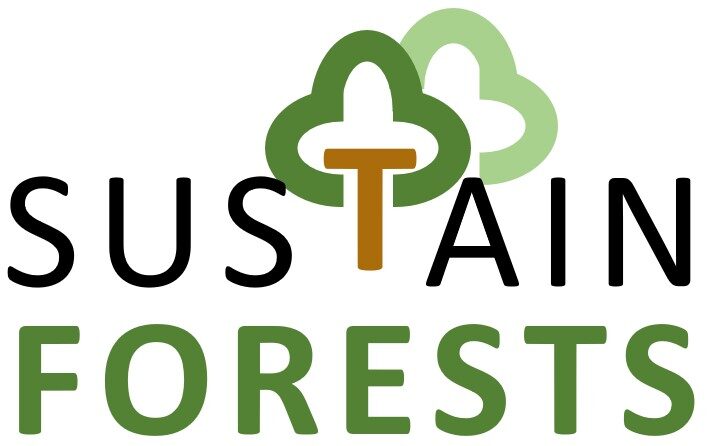From the 10th to the 14th of July 2023 the “Interdisciplinary Summer School on Forest Ecosystems” took place in the beautiful city of Ljubljana, Slovenia. Around 70 scientists from all over Europe came together to participate in the summer school, which was organized by three “European Cooperation in Science and Technology (COST)-Actions”, namely 3DForEcoTech, PROCLIAS, and Bottoms-Up.
3DForEcoTech focuses on the monitoring of forest ecosystems through terrestrial-based technologies. In this workshop we got to know different Terrestrial Laser Scanners (TLS) and how they are applied in forests. Exercises were provided to learn more about the point clouds, that are generated by TLS and how to analyze those point clouds. Laser Scanners and the corresponding software are very useful to calculate forest metrics such as tree height, tree diameters, and standing volume. This scientific field is still in rapid development and more automatized ways of monitoring forests are to be expected soon.
Leaders of the project PROCLIAS (Process-based models for climate impact attribution across sectors) showed us the forest landscape dynamics model “iLand”. This model allows to predict how a forest develops over time under certain environmental scenarios. The model uses parameters, such as the mean air temperature, the precipitation, or the probability of wildfires. We were able to manipulate those parameters according to climate change scenarios. Subsequently, the model showed us which tree species will persist and disperse and which ones will disappear in the next 100 years. Such models assist in making smart forest management decisions to keep forests sustainable and mitigate climate change.
Representatives of Bottoms-Up taught us about alpha and beta-diversity. The distribution of species in certain communities and the comparison of these communities gives us important information about the biodiversity. Such data can be efficiently analyzed with certain R-packages, such as taxize, mice or BAT. The codes are usually kept general and can be applied to different data sets such as bee species or grasses for instance.
The three different approaches have in common to satisfy one’s curiosity about our natural environment. Laser scanner technologies, models, and R-codes are developed constantly to understand forest ecosystems and to help us tackle biodiversity loss. Connecting these different approaches and working with several disciplines requires some extra efforts but gives us more complete insights in our field of study.
Report by: Samuel Hepner, PhD student.

